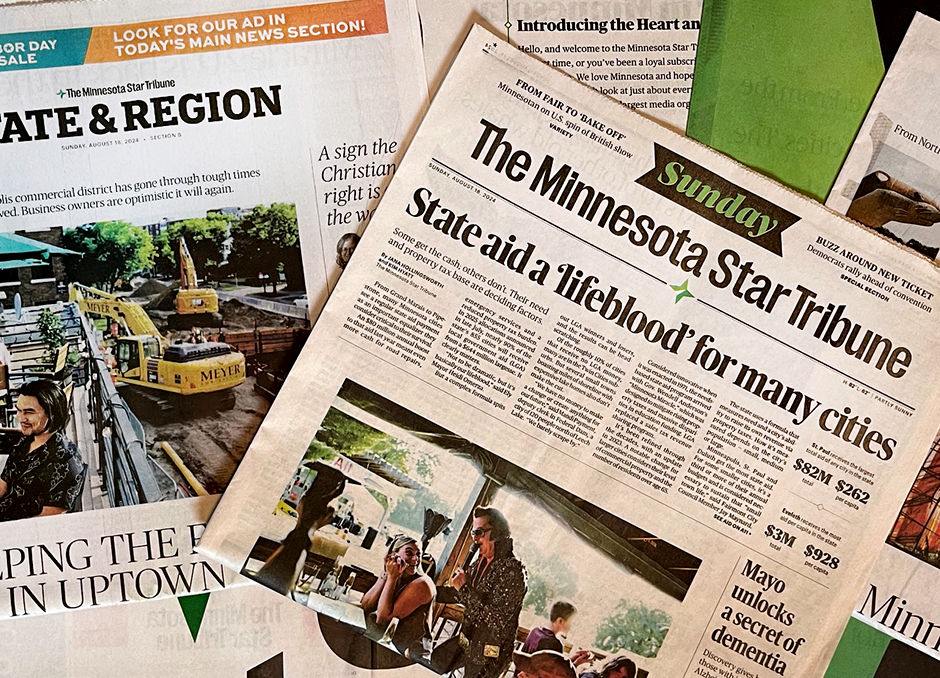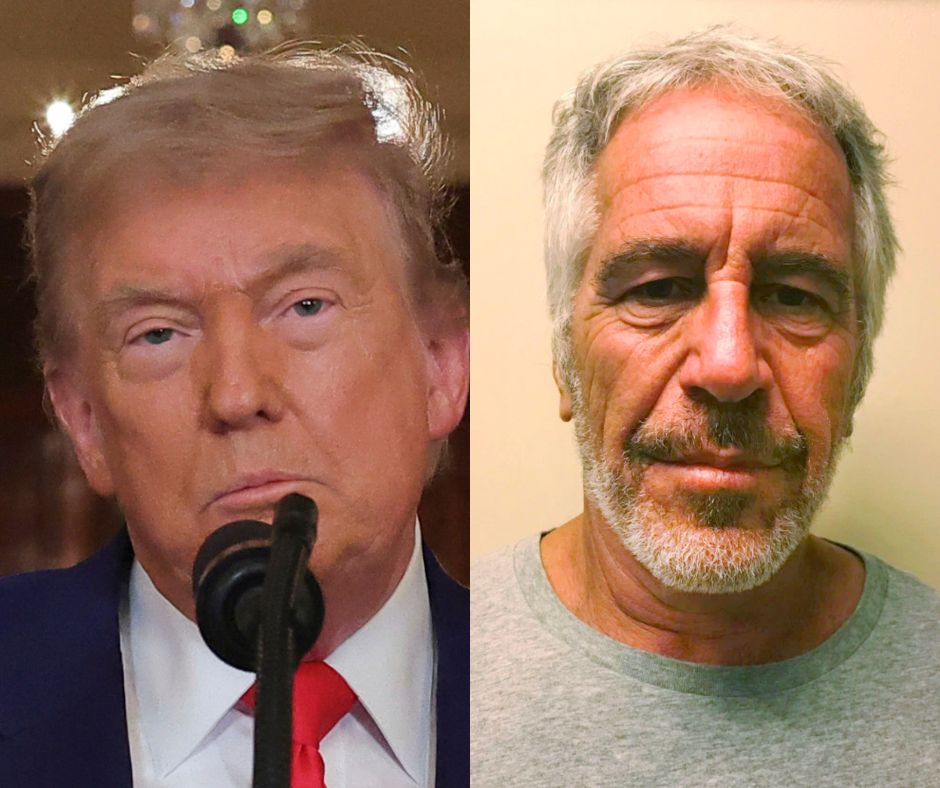The food pantry volunteers at Southeast Linn Community Center were worried. They had just driven a pair of pickup trucks 50 miles roundtrip to load up boxes of chicken nuggets, eggs and canned tuna, before running into a dilemma: Their distribution site did not have enough cold-storage space. A month’s worth of food could spoil before reaching people in need in rural eastern Iowa.
Organizers had another concern: Outreach for the June 12 distribution event had been a bust, according to Nicole McAlexander, who has directed the nonprofit center for nearly a decade. Overall, 68 families had registered to attend the local event where they would have two hours to pick up their food. But that number fell far short of the nearly 400 children in their community who qualified to receive help, McAlexander said.
Child hunger historically increases during the summer when school is out of session. In McAlexander’s area, 1 in 10 residents rely on the community center to secure enough to eat.
“A lot of our folks are just working, but they can’t meet basic needs,” McAlexander said.
Five weeks earlier, Iowa Gov. Kim Reynolds had announced the launch of Healthy Kids Iowa, the state’s version of the federal summer EBT, or electronic benefit transfers. These programs allow children who eat free or reduced meals during the school year to continue to have access to food during the summer months. Through the Iowa program, each eligible child would receive “a selection of foods that are healthy and kid-friendly” worth $40 each month during the summer.
READ MORE: Iowa puts $1 million toward summer meal sites, still faces criticism for rejecting federal funds
McAlexander said her office found out about the new program when everyone else did. Suddenly, they found themselves scrambling to inform their clients, collect enough food and figure out how to get that food to children whose households may not have reliable access to transportation. The launch felt chaotic, she said.
More states may soon look to adopt similar programs as a way of addressing an anticipated shortfall. On July 4, President Donald Trump signed into law an historic tax and spending package that cuts about $1 trillion from Medicaid and SNAP, or the Supplemental Nutrition Assistance Program, over the next decade. Work requirements were immediately expanded for SNAP recipients, forcing people to document how much and how often they work to qualify for food.
The Trump administration has expressed support for “state-led innovation” across all federal nutrition programs tied to the U.S. Department of Agriculture, with Agriculture Secretary Brooke Rollins saying it “is simply the right thing to do.”
“We are encouraging governors across the entire country to explore creative ways to provide food for those in need while also doing right by the American taxpayer,” Rollins said in a written statement.
But suggesting that states can make up the difference left by the federal government and posing this shift as saving taxpayer dollars presents “very deceptive framing,” said Andrea Freeman, an author and professor at Southwestern Law School in Los Angeles who studies the intersection of race, health and food policy.
“It’s ridiculous because people pay state taxes as well,” Freeman said. “It’s not like they’re relieving taxpayers. They’re just putting more of a burden on the states. It’s very sad to see the federal government abdicating responsibility for children.”
How the Trump megabill’s food aid cuts may affect Americans
The annual crisis of seasonal child hunger is what spurred advocacy groups to start arguing years ago for summer meal programs for children, said Bruce Lesley, president of First Focus on Children, a child policy group.
The changes in Trump’s megabill unravel much of those supports, Lesley said: “It’s the biggest cut in food programs in the history of our country. Kids will be one of the victims.”
Research has shown that people on SNAP have lower health care costs than people who are not on SNAP, said Elaine Waxman, a senior fellow in the Tax and Income Supports Division at the Urban Institute. That makes the gutting of both Medicaid and SNAP especially problematic, she said, adding that these policy changes do not reflect the lives of people in need.
“There’s this assumption that if people really, really need the food, they’ll figure out a way to go get it,” she said. “That just doesn’t square with how people’s lives are, especially if they’re low-income, or don’t have a car.”
In Waterloo, Iowa, Barbara Prather directs Northeast Iowa Food Bank, and over the course of decades, she said she has noticed that whenever programs like Medicaid or SNAP receive cuts, “our number and demand go up at the food bank level.”
“If you’re low-income and already struggling, more paperwork is not what you need,” Prather said. “I think a lot of people will give up and not even apply. Or they’ll re-up and then reach out to programs like us.”
Iowa’s new summer food program ‘not as simple,’ advocates say
Congress established summer EBT in 2022. Each summer, eligible children would receive an EBT card with $120 that could be used like a debit card to buy food in grocery stores. As of 2025, 37 states, all U.S. territories and five tribal nations participate in the program.
In 2024, more than 240,000 children across Iowa were eligible to receive federal summer EBT benefits, estimated to be worth $28.8 million, according to analysis from the Food Research and Action Center.
But Iowa was one of 13 states that did not participate in the federal program last year. Instead, Reynolds allocated $900,000 to expand the state’s own summer meal distribution efforts and in 2025 announced Healthy Kids Iowa, an initiative previously rejected by the Biden administration but greenlit under the current Trump administration.
WATCH: Why some governors turned down a food assistance program for children in their states
“Our goal has always been to ensure all Iowa children have access to nutritious, balanced and wholesome food, while promoting healthy eating habits,” Reynolds said in a May 7 statement announcing the program.
Through the pilot program launched this summer, Iowa serves 65,000 children, a fraction of kids statewide who need help getting enough food to eat, said Luke Elzinga, who chairs the Iowa Hunger Coalition.
Thinking about Iowa’s efforts to alleviate child hunger during the summer, Prather at the Northeast Iowa Food Bank said families appreciate getting nutritious food for their kids. But, she added, “It’s not as simple as summer EBT.”
Representatives from Healthy Kids Iowa did not respond to a request for comment from PBS News.
At the June 12 food distribution event in Lisbon, Iowa, that had lower attendance than expected, a few families who did show up had to leave food behind due to allergies and dietary restrictions. Some people couldn’t take all their food because they did not have enough space at home to store a month’s worth of groceries.
One mother burst into tears moments after she walked into the community center, McAlexander said.
She told McAlexander and her staff, “‘I’ve never had to ask a food pantry for help, but we’re really struggling.’”
McAlexander said she and her colleagues tried their best to make the woman feel welcomed. But the whole time, McAlexander found herself thinking about how much less traumatic it likely would have been for her to take an EBT card to a grocery store to purchase food for her children.
When the event ended that evening, the work was not over. Lacking enough storage space of their own, organizers moved frozen foods into a nearby church’s kitchen. For the next two weeks, McAlexander and her team contacted everyone who registered to attend but did not show up. Ultimately, they helped 107 children get enough food to eat, but the program was more complicated than it needed to be, McAlexander said.
“We’re happy that they’re finding us, but we know that we can’t fill that gap on our own,” she said.
McAlexander said she is glad people find her community center when they need food, but thinking about how much more need will emerge when people lose access to SNAP keeps her up at night. Everything she knows from her line of work suggests that the worst is yet to come.
Support PBS News Hour
Safeguard the independent, trusted journalism millions rely on at PBS News Hour.

















































